RECENT COMMENTS
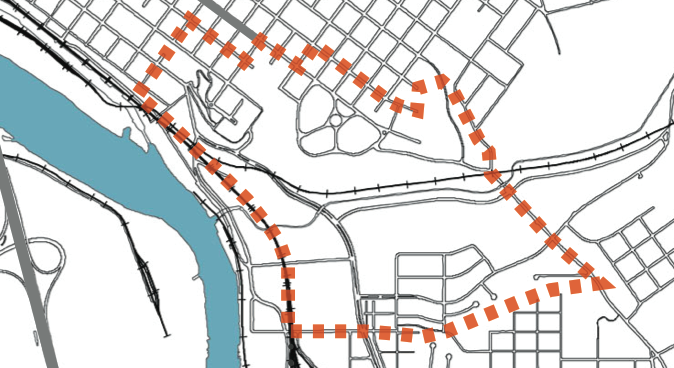
A look at Richmond’s Post-Industrial East End
Richmond’s Post-Industrial East End by the University of Virginia Community History Project 2011 is a fascinating look at an aspect of the history of the area:
This guide explores the varied topography, architecture, and landscapes of the East End. It surveys the social and economic history of the East End by analyzing urban and architectural form. The history surveyed in this guide can strengthen the understanding of the East End on the part of residents and visitors buttressing the efforts to build the future through critical engagements historic narratives and places.
The well-designed and written 64-page publication is structured around self-guided walking tours of Libby Hill, Chimborazo Park, Fulton Gas Works, and Fulton.
— ∮∮∮ —
— ∮∮∮ —
— ∮∮∮ —
— ∮∮∮ —
— ∮∮∮ —
— ∮∮∮ —






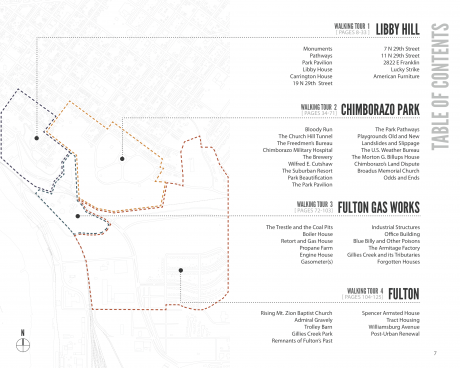
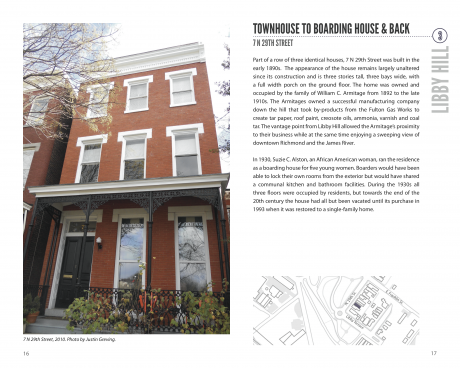
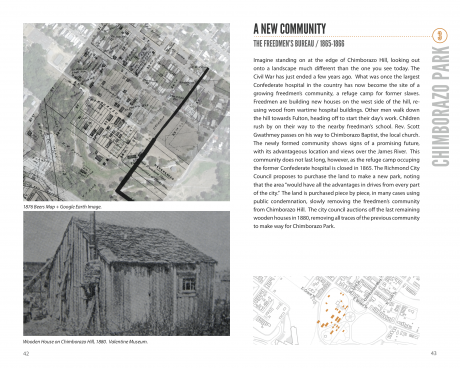
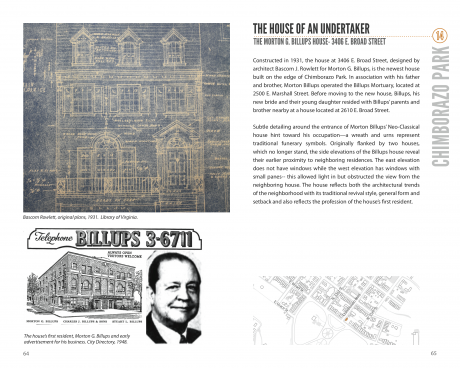
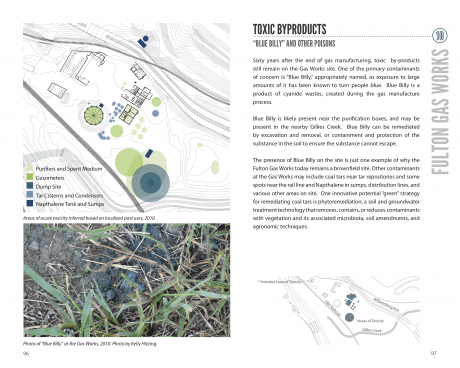
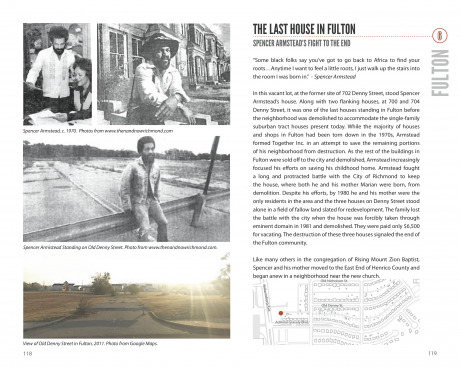
What a great resource! Thanks for posting this.
A side on the Billups house. That is “Morton Billups” house, the son of Charles J. Billups who built the funeral home that stands now at 25th and Marshall. But prior, the family business was on Main Street in the St. Charles Hotel which was torn down for the Main Street Train Station in 1901. Then Charles moved directly across the street in a building that was eventually condemned in 1916. At that time he was forced to find another location so decided to build. During that transition though he prepared bodies and held services out of his own home at 2610 E. Broad (the house for sale that has the concrete dogs on the porch) which he bought in 1912 until the first version of the funeral home was opened in 1917 (expanded in 1933). The house was inherited by the other son Stuart and sold in 1971. This is part of the May article for the CHA newsletter 🙂
Great read! Thanks for sharing!
Wow – awesome history, Eric. I’ve always loved the concrete dogs house (from the outside at least). Really cool to know the connection from it to the building at 25th & Marshall!
I wondered if the house at 3406 has anything to do with why this area is referred to on tax records as “Undertakers Row”.